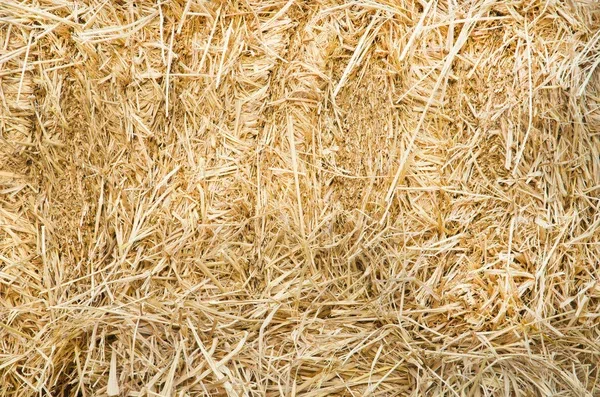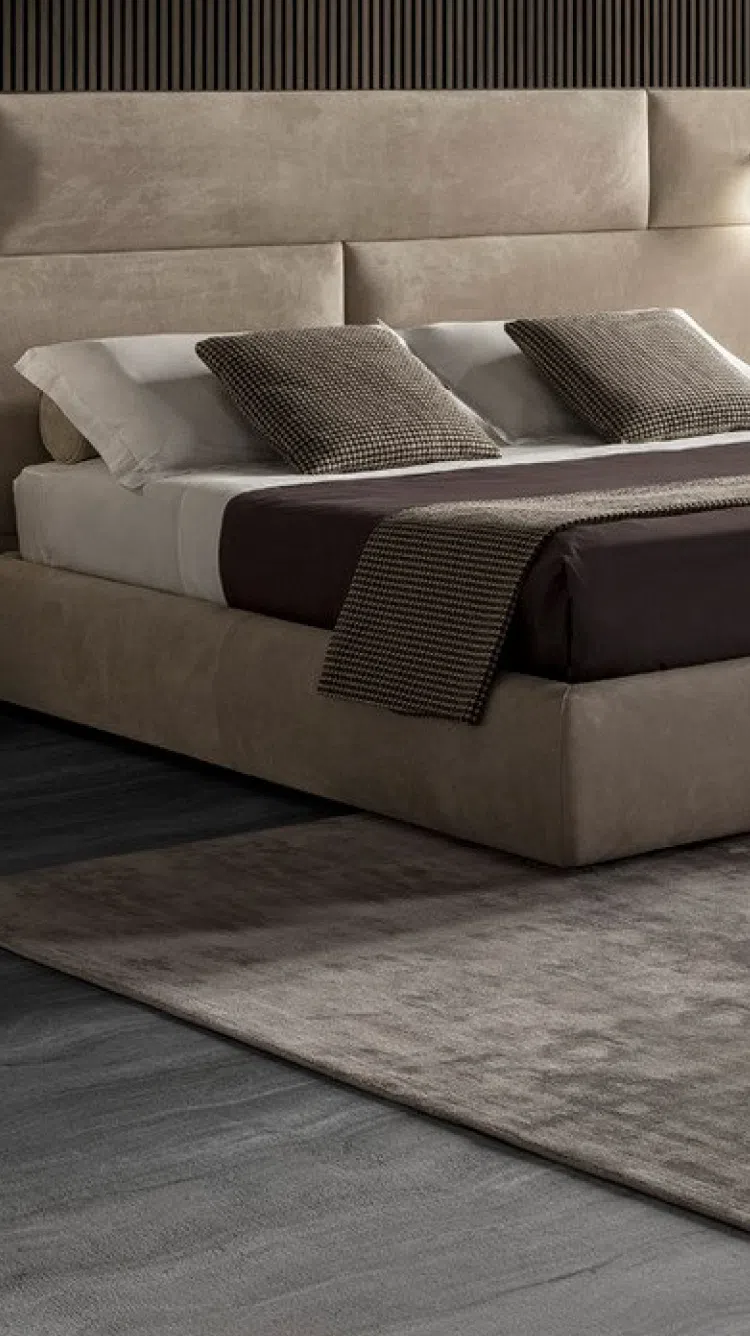
Wheat straw is an agricultural byproduct that comes from the stalks of wheat plants after the grains are harvested. Traditionally, wheat straw has been used for various purposes such as animal bedding, feed, or even as a natural fertilizer when plowed back into the fields. However, in the context of furniture and materials science, wheat straw is gaining attention as a sustainable and eco-friendly raw material.
Here's an in-depth look at wheat straw as a furniture material:
Composition and Processing: Wheat straw is primarily composed of cellulose, hemicelluloses, and lignin. These are natural polymers that give the straw its strength and rigidity. To be used in furniture, the straw must be processed. This typically involves grinding the straw into small particles or fibers, which can then be mixed with binders or other materials to create a substrate or composite material.
Sustainability: One of the major benefits of using wheat straw in furniture manufacturing is its sustainability. It is a renewable resource that is produced annually and often considered a waste product. By utilizing it for furniture, manufacturers can help reduce agricultural waste and the environmental impact associated with disposal.
Biodegradability: Wheat straw-based materials have the advantage of being biodegradable, which means that at the end of the furniture's life cycle, the material can decompose and return nutrients back to the soil, unlike synthetic materials that may contribute to landfill issues.
Durability and Strength: While wheat straw itself may not be as robust as hardwoods, when processed and combined with other materials like resins, it can form composites with good mechanical properties suitable for furniture. These composites can be designed to provide sufficient strength and durability for various furniture applications, though the final properties will depend on the specific formulation and manufacturing process.
Lightweight: Furniture made from wheat straw composites can be lighter than those made from more traditional materials, like solid wood or metal. This can make for easier handling and lower shipping costs.
Aesthetic Options: Wheat straw materials can provide a unique aesthetic with a natural, organic look and feel. They can be engineered to showcase the fiber’s natural qualities or be finished to mimic the appearance of other materials.
Limitations: Despite its eco-friendly qualities, wheat straw as a furniture material can have some limitations. Its natural fibers may not always provide the same level of strength or moisture resistance as conventional woods, and hence it may not be suitable for all applications. Also, it may require additional chemicals or binders to transform it into a viable material, which could offset some of the environmental benefits.
Applications: Furniture made from wheat straw material may include paneling, tabletops, seating, or even decorative elements. These are often found in products marketed as environmentally friendly or sustainable.
Certifications and Standards: Manufacturers using wheat straw in their furniture products may seek certifications such as GREENGUARD, FSC (Forest Stewardship Council), or others that relate to low emissions and responsible sourcing to appeal to environmentally conscious consumers.
It's important to note that the use of wheat straw in furniture is still somewhat niche, with ongoing research and development required to optimize the material's properties and cost-effectiveness. However, it holds significant promise as part of the growing trend toward sustainable materials in the furniture industry.


